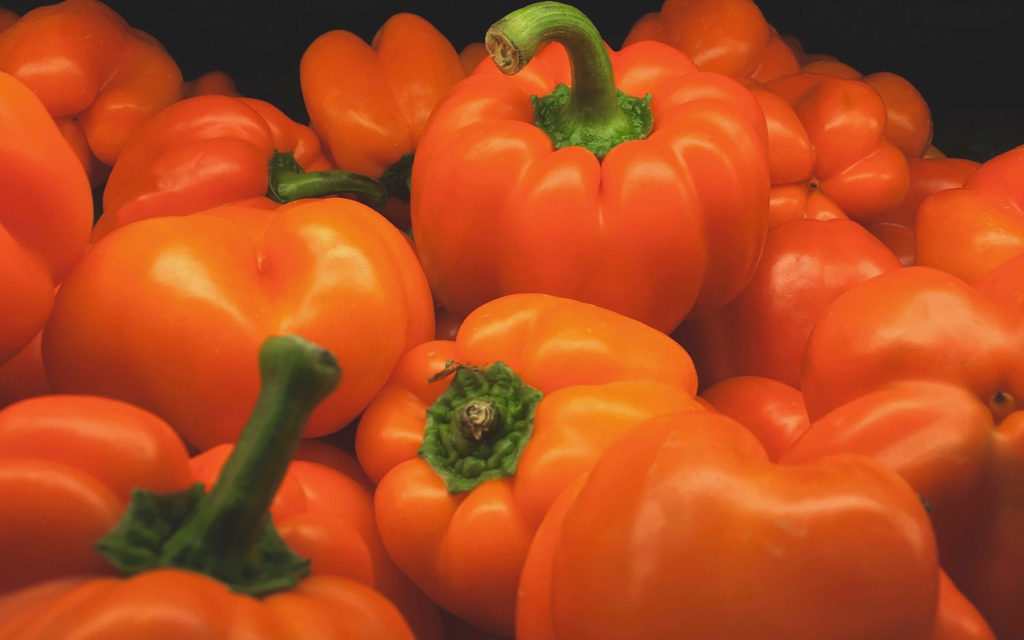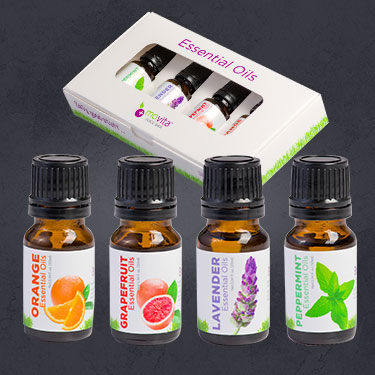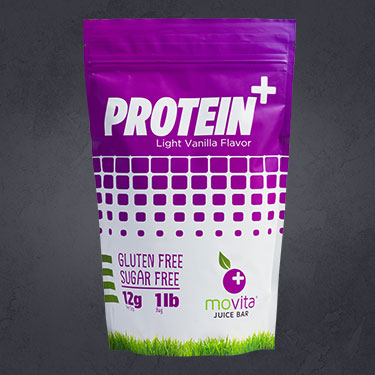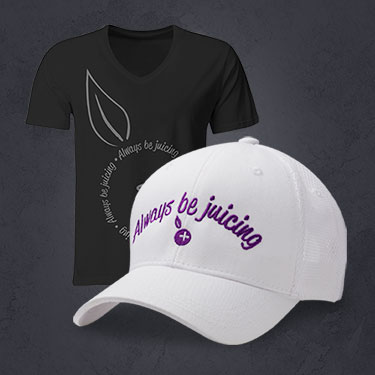
Orange is the color of summer and fall. It symbolizes joy, sun and the tropics. It’s hard not to feel positive when you’re enjoying the beautiful bounty of orange fruits and vegetables that are available each season!
Starting your day with an orange food is a great way to stay healthy. But don’t limit yourself to just orange juice. Fresh oranges, clementines, and tangerines are just a few of the many delightful orange citrus fruits that are loaded with vitamin C, potassium and fiber. But consumers may want to watch how much time they spend in the sun when they eat citrus. Studies show that citrus fruit contains a class of photoactive compounds that when combined with UV rays, can induce skin cancer. To be safe, be sure to wear sunscreen, which also protects you from wrinkles and premature aging.
Cantaloupe and mush melon (popular in the Midwest), are other beautiful orange fruits that are a great source of heart healthy potassium and cancer-fighting beta-carotene and vitamin C. They can be eaten by themselves or topped with low-fat cottage cheese or Greek yogurt to boost protein in your meal. Tropical mangoes are also popular in spring and summer and also provide potassium, beta-carotene, vitamin C and fiber. They’re great to use in smoothies, added to yogurt or processed in a cold, summertime soup.
Don’t just limit yourself to orange fruit. Orange vegetables are also highly nutritious and there’s a variety to choose from, especially in the fall months. Orange bell peppers add crunch, color and nutrition to several dishes or can be eaten raw with hummus for a snack. Sauté them and add them to egg dishes, pasta, rice or Mexican cuisine. Orange bell peppers contain more vitamin C than their green counterparts.
Acorn squash is a winter vegetable. And while it may be green on the outside, it’s a beautiful bright orange on the inside. Like other squash, it’s an excellent source of cancer-fighting beta-carotene and vitamin C and potassium to aid in blood pressure reduction. It’s also a decent source of fiber and folate. Acorn squash can be cubed, then brushed with olive oil and dried herbs and roasted. A one cup serving provides just over 50 calories.
Sweet potatoes are another celebrated orange vegetable, but don’t just eat them at the holidays. These versatile gems can be roasted, mashed or chopped an added to soups, stews or chilis. Similar to other orange vegetables, sweet potatoes are high in vitamin C, beta-carotene, potassium and fiber. Try them mashed with grated ginger, orange zest and cinnamon.
Finally, don’t forget the humble carrot. Carrots make a great snack solo or with hummus or are often the base of mirepoix in soup when paired with celery and onions. They are delicious when roasted or added to a stew along with potatoes and onions. The beta-carotene in carrots is more bioavailable when cooked, than raw.
DISCLAIMER: These statements have not been evaluated by the FDA. The information is for informational purposes and is not intended to treat, diagnose or cure any illness. Consult a physician before taking any action.
Want to contribute great content?
We are looking for contributors provide our readers with great healthy content to encourage positive living. If you're interested in becoming a contributor pease email us at blog@movitajuicebar.com



